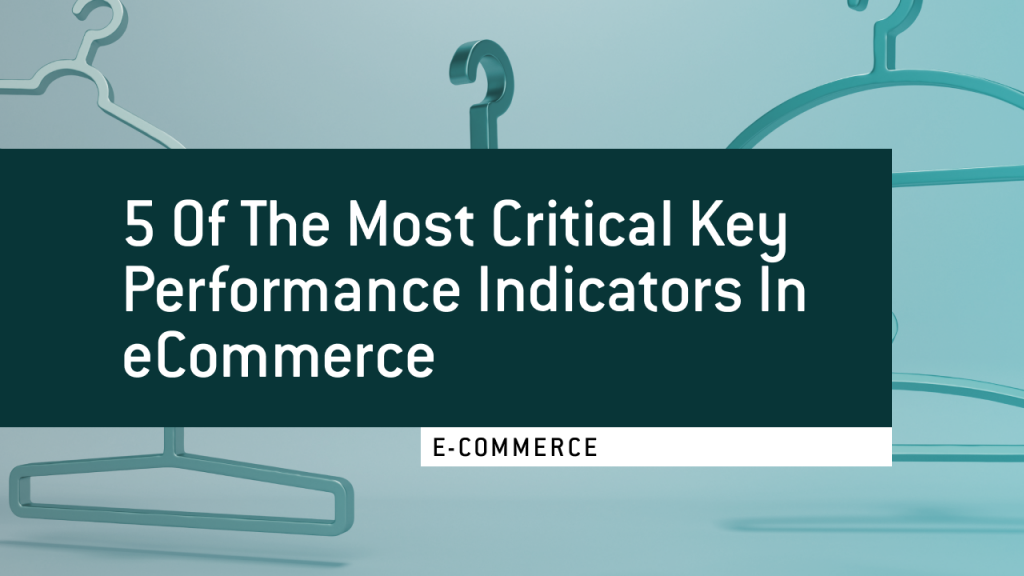You can’t improve what you don’t measure. For eCommerce companies, having a strong understanding of your internal metrics can help you spot issues early, as well as identify areas for improvement. But tracking data is only helpful if you track the right metrics. Of course, you’ll find an unending number of metrics out there. However, only a few are truly critical for assessing your performance.
Customer Lifetime Value
Is Customer Lifetime Value (CLV) one of eCommerce’s most important KPIs? We think so. With CLV you can measure a customer’s value over the course of their “lifetime” (around 12-24 months). A critical metric, it dictates how much you can spend to acquire them…and plays a direct role in your marketing budget.
CLV casts a spotlight on multiple areas of your business. It helps you evaluate success at the product level. With this KPI you’ll be able to improve your advertising and customer acquisition strategies, price items more intelligently, and better optimize your inventory.
Conversion Rate
According to BigCommerce, the average conversion rate for eCommerce product pages is between one and two percent. They apply to all actions you would like customers to take—including buying products, signing up to your email list, or filling out a survey. It all matters, and conversion rate forms the basis for any ongoing optimization you do.
To calculate the conversion rate of an eCommerce product page, you can use this formula:
Conversion Rate = # of Sales / # of Visitors
So, if you have 100 visitors and make three sales, your conversion rate is 3 percent. Conversion Rate is vital for evaluating the effectiveness of your product pages (and measuring improvement over time). Most analytics tools for eCommerce will automatically calculate conversion rates for your product pages.
Cart Abandonment Rate
The rate at which customers abandon their shopping cart plays a key role in generating revenue. According to a study from the Baymard Institute, would-be shoppers abandon 69 percent of all orders before completion.
Most eCommerce analytics platforms will help reveal your Cart Abandonment Rate. You can also track it in Google Analytics by enabling Enhanced eCommerce on the platform.
There are many reasons why customers might abandon carts with items still in them. Quite often the shipping costs were higher than expected, changing the total and increasing their spend. Unsatisfactory checkout processes can be another reason. Perhaps the form is too long. Remember, asking too much of your customers can cause them to change their mind.
You should be able to identify why your own customers abandon their carts…and take steps to rectify those issues.
Average Order Value
Increasing your Average Order Value (AOV) can be a great way to boost revenue without having to generate more traffic or sales. You can encourage customers to spend more (when they make a purchase) in different ways:
- Upsell. Persuade them to make an additional purchase, or upgrade their current buy to a more expensive version of the same product. Offering an accessory or complementary item on the checkout page can be an effective yet subtle way to increase AOV.
- Bundle Products. You could also bundle several complementary products together. A great example of this comes from gaming consoles. Sure, you could buy just the PlayStation itself, but a bundle comes with a controller and an additional game…all at a much lower price than if you’d bought each separately. Simple, but effective.
ECommerce companies should always work to improve their AOV, as it’s easier and cheaper than acquiring new customers. Calculate it by finding the total sum of revenue generated by the total number of orders.
Return on Advertising Spend
First, a disclaimer. Return on Advertising Spend (ROAS) has its own issues. Significantly, it doesn’t account for incremental value, i.e. to what extent sales may have happened anyway.
That said, it can offer a straightforward way to evaluate your digital advertising operations. ROAS directly measures the efficacy of digital advertising campaigns. It helps eCommerce companies evaluate the methods that work, as well as identify areas for improvement.
When calculating ROAS you should take all potential costs into account, including vendor costs and affiliate commissions. An acceptable ROAS is situation-dependent and is influenced by several factors, including profit margins and operating costs.
eCommerce Data Drives Growth
These are just a few of the many eCommerce KPIs available to evaluate and improve your business. Don’t ignore the data you have on-hand. It’s essential for growing (and maintaining) your company’s health. Depending on your goals and areas of focus, the KPIs and metrics covered in this article can be great starting points for improving your operations and growing your revenue.




